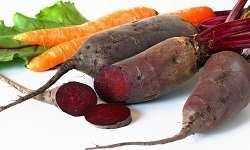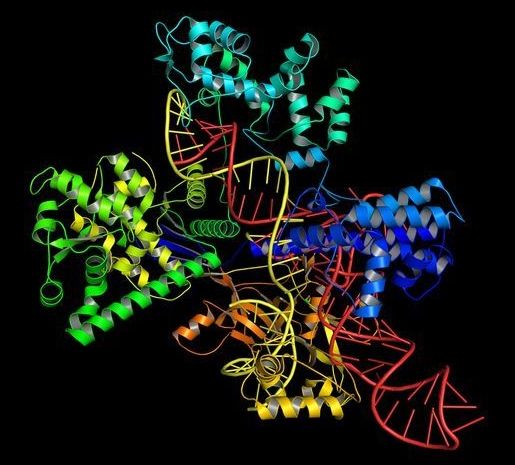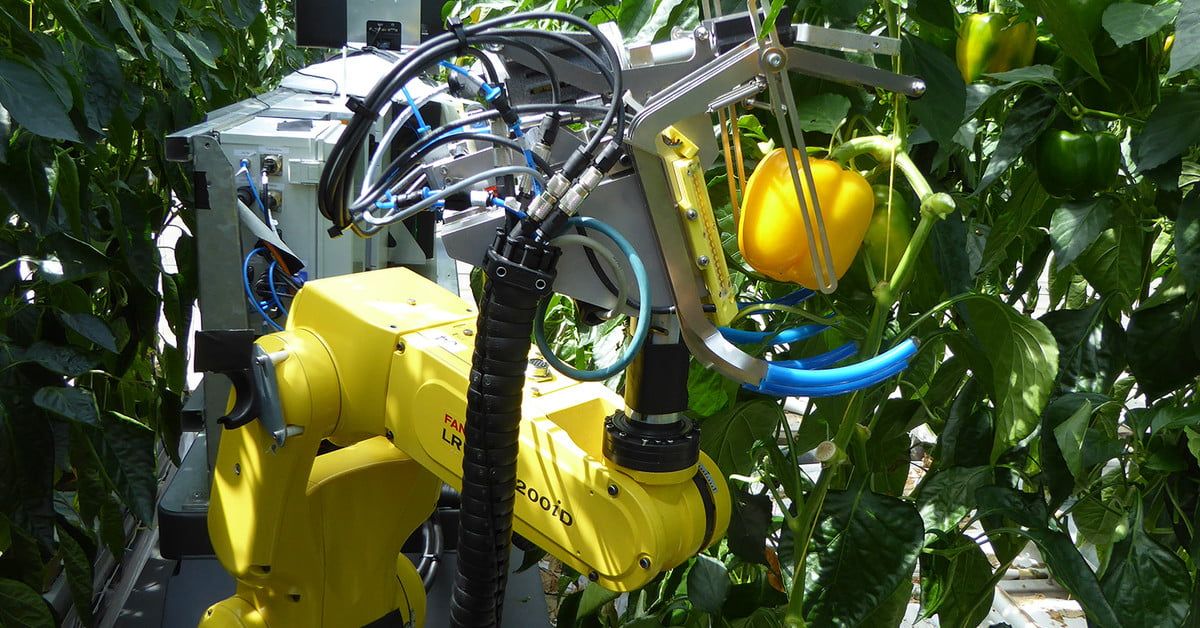Jul 23, 2018
This Drug Combo Extends Lifespan and Healthspan in Mice
Posted by Shailesh Prasad in categories: biotech/medical, food, life extension
Aging may seem like the most natural—and inevitable—thing in life. Yet according to a new study in Nature Medicine, rejuvenating an aging body may be as easy as kitchen renovations. Simply swap drill and hammer for a cocktail of two drugs already on the market; rather than pulling out decrepit cabinets, kill off aged “zombie” cells.
These so-called senescent cells are a curious oddity: they’re frail, beat-up, and unable to perform their usual roles. Yet they simply refuse to die. What’s more, zombie cells actively leak inflammatory chemicals into their surroundings, damaging nearby tissue and—in a sense—“spreading” the negative effects of aging.
Yet because they’re extremely rare, amounting to only eight percent of the body’s cells at most, scientists have long wondered just how much they contribute to the aging process.
Continue reading “This Drug Combo Extends Lifespan and Healthspan in Mice” »

















